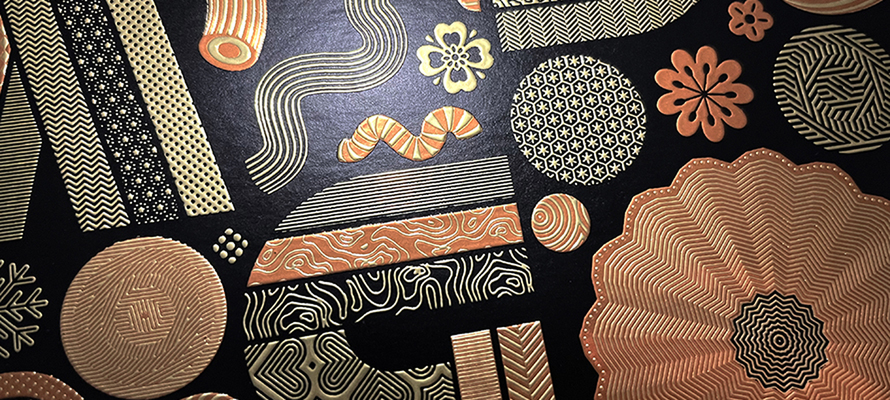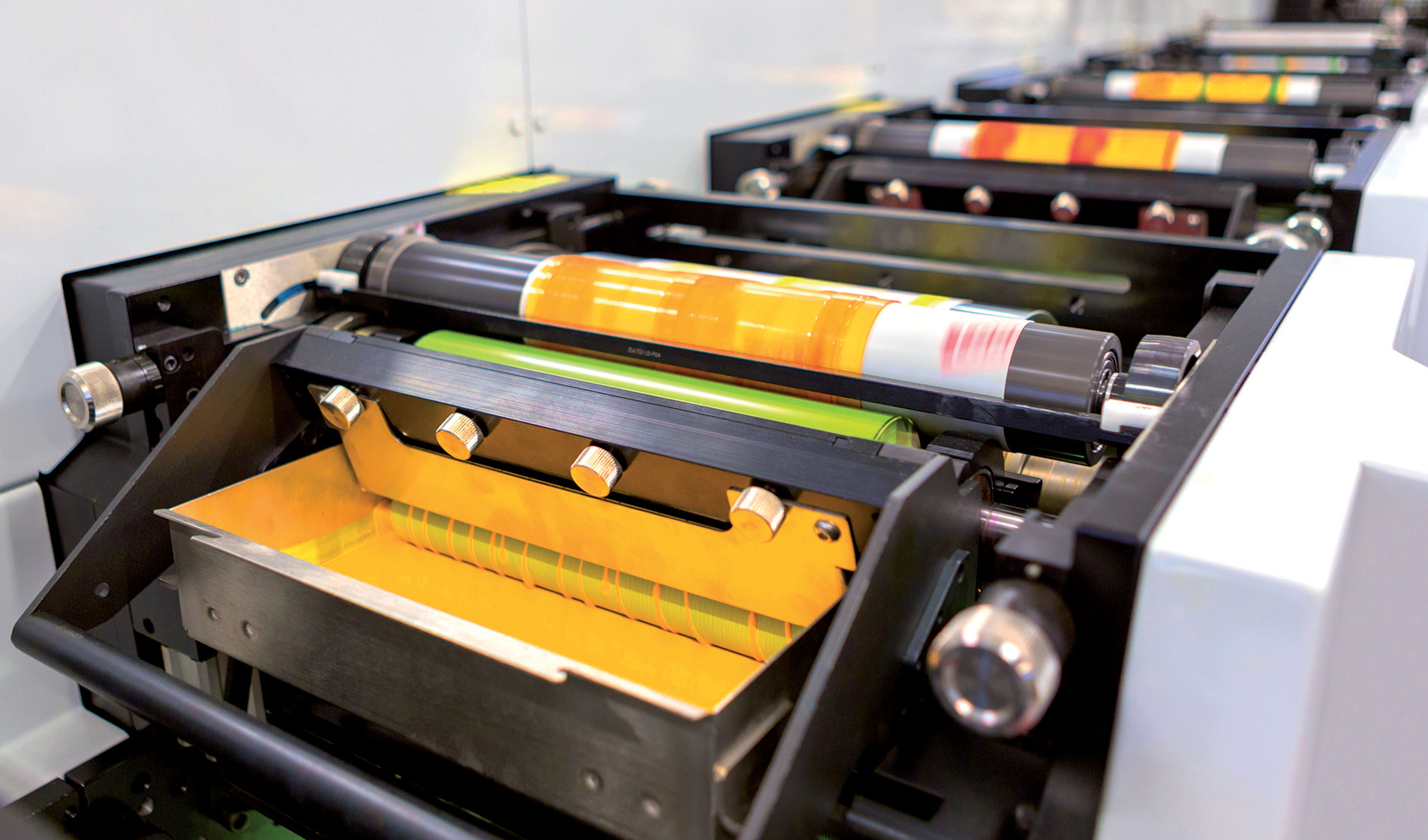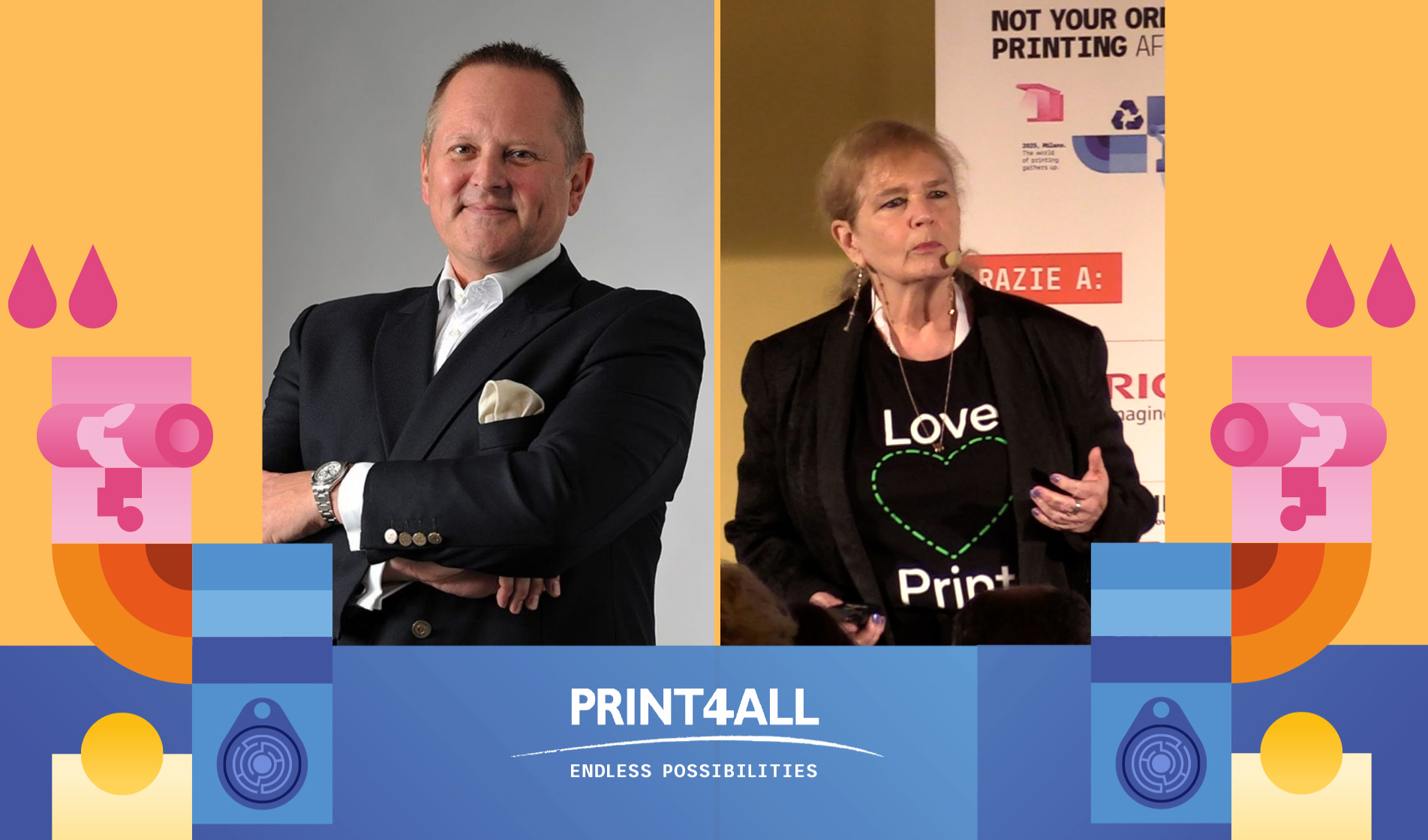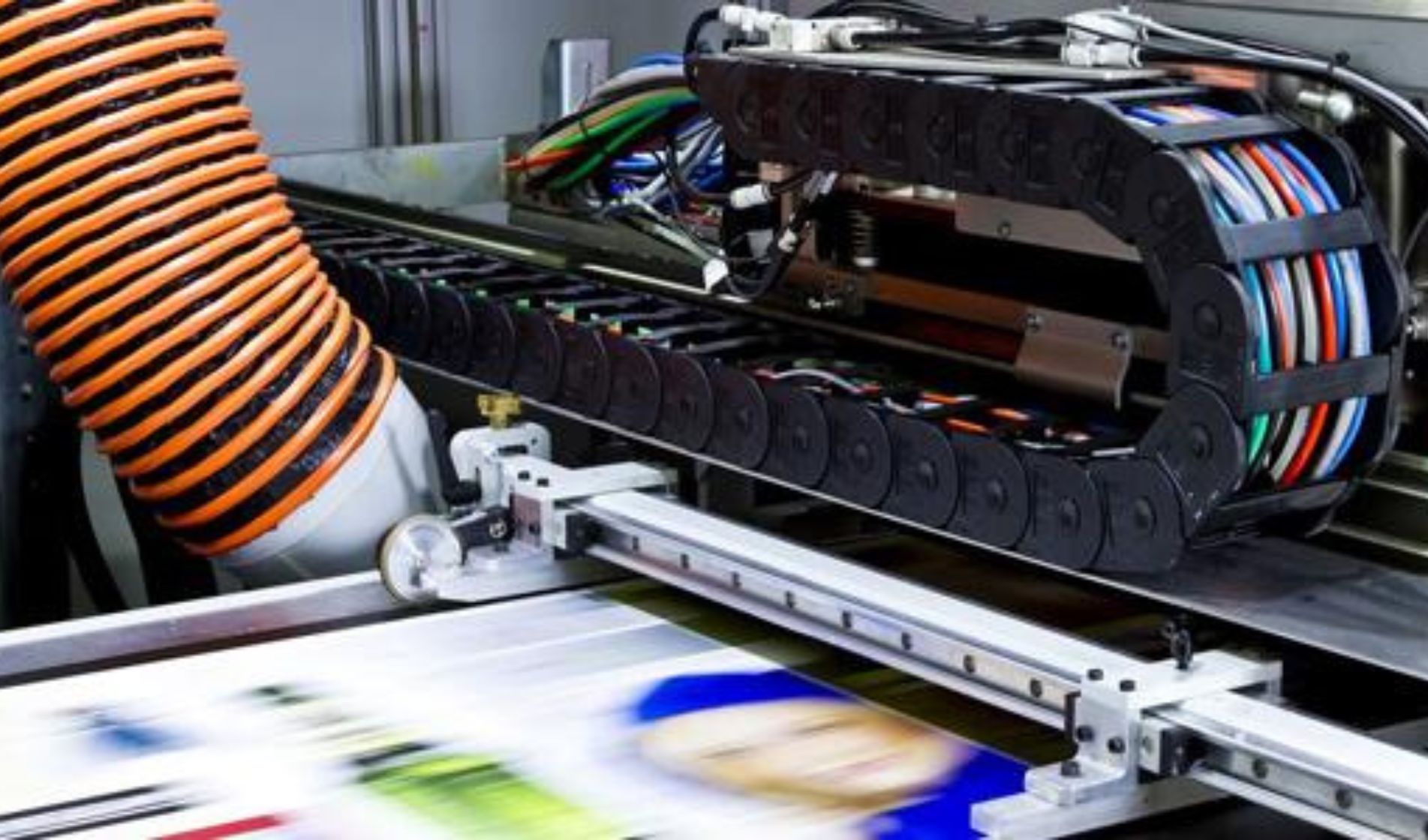Interactive Formats
One trend already visible in the market is the shift towards more innovative and interactive formats that offer multisensory experiences. Elegance is essential in luxury design, but simplicity is equally important. Finding the right balance relates more to the brand culture than to the available technology. However, it is worth considering adding interactive options with embedded QR codes to direct customers to videos or landing pages, thus creating an engaging branding experience. NFC (Near Field Communication) and RFID (Radio Frequency Identification) tags facilitate direct interaction with customers via their smartphones. While these require some planning and programming, they offer experiences that can be integrated with multimedia campaigns promoting the brand.
Interactive technologies enhance the consumer experience and provide authenticity verification, which is crucial in the luxury market. Best practices involve embracing functional designs that emphasise the premium nature of the product while creating an intriguing experience. However, it is essential to remember that "functional" does not mean "minimalist."
Brilliance, sparkle, and texture
A well-thought-out design can do wonders for luxury packaging. Every choice, whether related to colour or other design elements, tells a story, and elevating those elements takes it to a new level. Techniques such as hot stamping, embossing, micro-embossing, and metallic finishes add tactile and visual richness to the packaging, conveying a sense of exclusivity and value.
Many traditional embellishment methods have always required extensive testing and long preparation and execution times. Common sense has always suggested that for decoration to be beneficial for a brand, high budgets and large print runs are necessary. Today, however, there are options to add luxurious touches using digital solutions that are also viable for low print runs.
Starting from the basics, let's consider the value of spot varnishes to highlight design elements. Glossy and matte varnishes can be applied using both analogue and digital processes to give a shiny look to packaging elements. Some designers prefer to emphasise the brand, logo, or product name, but sometimes using spot varnish to highlight product images or other design elements attracts just as much attention.
Digital embossing, or digital UV spot varnishing, is another popular option that adds texture and a three-dimensional effect by applying a transparent polymer to specific areas. The result is a raised effect that can be seen and felt, offering a superior tactile and visual experience. Digital embossing facilitates precise application, which means it can highlight specific design elements such as logos, text, or graphic details, adding a layer of sophistication and luxury. Unlike traditional embossing, it does not require the creation of clichés, making it more cost-effective and accessible for low print runs and customised designs. This flexibility and efficiency make it a preferred choice for adding a premium touch. The new generations of embellishing equipment can emboss even the thinnest lines.
Digital foiling applies metallic or pigmented foils using digital printing technology instead of traditional hot stamping processes. This method involves a specialised device that applies a thin layer of foil to specific areas of the printed material using heat, pressure, or adhesives activated by digital files. In addition to foil, some devices support other types of films, such as those that add textures and holographic effects. The digital approach allows for precise and customisable applications without the need for clichés, which are typically required in conventional laminating.
Sustainable Materials
Sustainability is the keyword for 2024, and it also applies to luxury brands. The choice of packaging materials is increasingly focusing on recycling and reuse, and there is a growing general attention to low impact. Packaging manufacturers have kept pace with the trends, creating options for both analogue and digital production of rigid carton boxes and rigid packaging. As a result, it is becoming increasingly easy for brand owners to find materials that are not only premium but also sustainable and recyclable. Most manufacturers can now choose materials that combine a lower environmental impact with the appearance and high perceived quality typical of luxury packaging.







